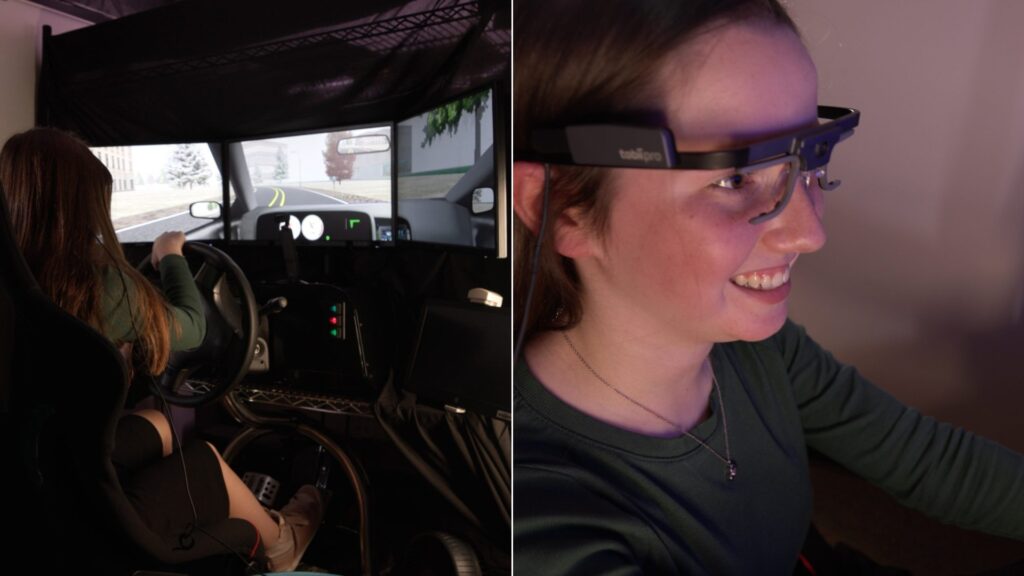Simulated Driving Program Reduced Crash Risk By Nearly 40%
In a recent study utilizing STISIM Drive and other technologies in a driver training program, researchers found that it might reduce the proportion of crashes and near crashes among teens with attention-deficit/hyperactivity disorder (ADHD).
The study included 152 teen participants and was conducted by Jeffery N. Epstein, Ph.D., of Cincinnati Children’s Hospital Medical Center, and colleagues. Funding was provided by the National Institutes of Health’s Eunice Kennedy Shriver National Institute of Child Health and Human Development and National Center for Advancing Translational Sciences. It was published in the highly regarded New England Journal of Medicine.
Teens who took the training, which aims to reduce the number of long glances away from the roadway, had a nearly 40% lower risk for crash or near crash, compared to a similar group who did not undergo the training.
Fran Nelbach, Director of Product Management at STI, noted the importance of work like this: “Not a month goes by where we don’t get an inquiry from a parent who wants to know how ADHD affects the safety of their teen behind the wheel. While there is a wealth of online information about common sense measures, the reality is the risk will always be heightened until more mitigation strategies like FOCAL+ are available in community-based driving programs. We are proud to say we recognize and promote these types of use cases for our customers who are purchasing our STISIM Drive for their driving program.”

ADHD refers to an ongoing pattern of inattention and/or hyperactivity and impulsivity interfering with functioning or development. Teen drivers are four times as likely to be in a crash as adults, and teens with ADHD are twice as likely to be in a crash as teens without ADD. A strong factor in this higher crash risk is a tendency for teen drivers to take their eyes off the road for prolonged periods when distracted. The driving simulation program developed by researchers teaches teens to attend to distractions with repeated brief glances instead of longer glances.
Researchers call their program Focused Concentration and Attention Learning (FOCAL), which teaches neurotypical teen drivers to limit long glances away from the roadway. For the study, the training was enhanced by adding STISIM Drive in order to receive immediate feedback on long glances. The combined technologies are collectively referred to as FOCAL+.
In the driving simulator training that followed, participants sat in front of a STISIM Drive console and drove on a simulated roadway. Participants wore specialized glasses that tracked eye and head movements and they had to identify the number of random symbols on the dashboard. If they looked away from the roadway for longer than two seconds, an alarm sounded. Participants who scored poorly repeated the simulated drives until their score improved.
In an official statement, the NIH provided results:
“Both groups were evaluated in the driving simulator one month after completing the program. The FOCAL+ group had an average of 16.52 long glances (lasting more than 2 seconds) and the control group had 28.05 long glances. Six months after training, the FOCAL+ group had 15.7 long glances and the control group had 27 long glances.
After completing training, participants’ vehicles were fitted with cameras attached to the rear-view mirror. One camera faced the driver and the other faced the roadway. During a year of driving, the FOCAL+ group had 76% fewer long glances than the control group. In addition, the rate of crashes and near crashes in the FOCAL+ group was 3.4%, compared to 5.6% for the control group, amounting to nearly a 40% reduction in crashes and near crashes among the FOCAL+ group.”
The authors concluded that FOCAL+ could reduce long glances and on-road crashes and near crashes in youth with ADHD. STISIM Drive was the only driving simulator used during the study. To learn more about our technology for research applications, CLICK HERE.

